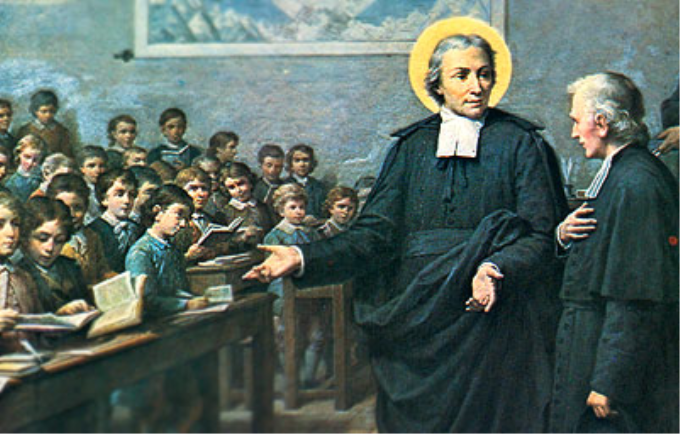We have a chat with Imelda Anthony, who took over as principal at Magdalene’s Kindergarten this year.
What are your new roles and responsibilities in Magdalene’s Kindergarten?
My roles and responsibilities are similar as a principal; that is to oversee the curriculum direction, ensure quality standards are being met, and to upgrade staff capability. As I am now working in a Catholic environment, it is essential that we reach out to Catholics and try to impart good Catholic values while the children are young, and also try to engage the Catholic parents in activities.
Why do you choose to work in the early childhood sector?
I had always been interested in working with children since I was young. My mum used to babysit children and I would find joy playing with them. In my primary school years at CHIJ, we also had a kindergarten there, where I would volunteer to read to children. As I grew older, being exposed to younger nieces and nephews spurred my interest to learn to interact with children.
What do you think are the most important things that early childhood educators must impart to children at a young age?
It is important to foster a love for learning and for others, to always persevere, and to have a positive mindset. We also tell them that God loves them very much and they should never forget that.
What are the key challenges that comes with early childhood education? As a principal, how do you deal with them?
To retain talent in such a competitive working climate is a challenge. We have a lot of team building sessions with the staff, and we also try to get to know each one of them on a personal basis. Keeping staff happy is important; happy staff leads to happy children.
How does your faith influence your approach to your current role and responsibilities as a principal?
Before making any important decision or facing any issues, I usually spend some time contemplating (in the adoration room / chapel) and lifting it up to the Lord. Also, I usually try to put myself in the shoes of others.
How is a Catholic kindergarten different?
I love that we can always lift anything up to the Lord in prayer (praying for the sick, praying for a successful field trip, etc.) I have the chance to praise and share more about God’s love to all the children and teachers every day. It’s the most wonderful feeling. I can also visit the chapel at any point of the day when I need some uplifting or guidance.
How do the teachers and children you work with inspire you?
The teachers spend a lot of time trying to find ways to cater to every child, even more so that our school provides inclusion to the hearing impaired children. Seeing how they plan the lessons to benefit each child shows me how devoted they are. The Canossian sisters, Sr Enrica and Sr Margaret, who spend some time every morning sharing the faith or simply greeting a warm hello to the children as well as to the parents also inspire me. For the children, they motivate me when I am burdened with work with their words, hugs and little messages.
How do you keep close to God?
Throughout the day I maintain little conversations with God, thanking Him for the little things that happen, and asking for His guidance when things don’t go my way.
Who is your favourite Saint and why?
My favourite saints are St Therese of the Child Jesus and St Magdalene of Canossa. St Therese’s feast day used to fall on Children’s Day in Singapore. She did all things with love and childlike trust in God. She struggled with life in the convent, but decided to make an effort to be charitable to all, especially those she didn’t like. She always performed little acts of charity and little sacrifices, not caring how unimportant they seemed. These acts helped her come to a deeper understanding of her vocation. St Magdalene of Canossa, because she gave up all her riches to ensure that she looked after the poor and cared for the children, making sure they could read and write.
What is one advice you would give to Catholic educators today?
Spend time to ensure that we treat every child the way God would have wanted us to, with utmost love and care.











